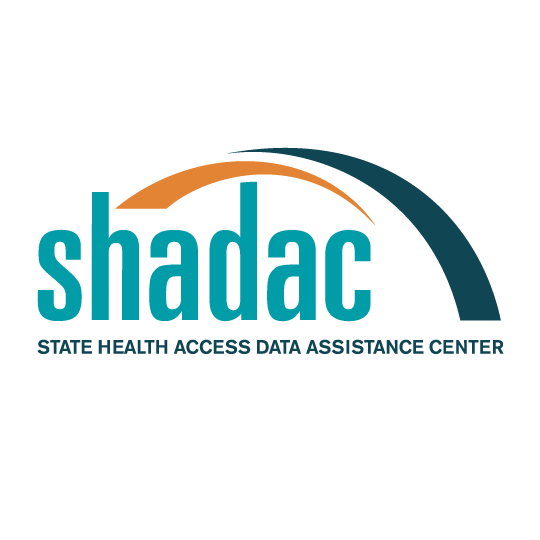Blog & News
Quality Measurement for HCBS and Behavioral Health in Medicaid: What’s Happening and What’s Missing
July 12, 2017:SHADAC analysis finds that aligning measures across federal reporting requirements and core measure sets could address important gaps.
It is challenging to measure the quality of care delivered to Medicaid beneficiaries with behavioral health needs or those who use home and community-based services (HCBS), both because this population receives such a wide range of services and because the population has a high prevalence of comorbidities.
Under a contract with the Medicaid and CHIP Payment and Access Commission (MACPAC), SHADAC conducted a comprehensive scan of state-level quality measurement initiatives related to HCBS and behavioral health in Medicaid.
Key Findings
Among key findings from SHADAC’s analysis:
- All states are engaged in some type of behavioral health measurement for Medicaid, and public reporting of these measures is fairly common.
- There is consistency across states in the most commonly used behavioral health measures, and core measure sets and required reporting for federal initiatives appear to drive this.
- Few substance use measures are included in core measure sets and reporting requirements for federal initiatives, but certain states have developed their own measures to fill this gap.
- Most quality measurement activity related to HCBS in Medicaid is based on CMS reporting requirements for states with 1915 (c) waivers, and these measures tend to be process-oriented.
- HCBS measurement outside of 1915(c) waiver requirements focuses on rebalancing of services from institutional to community-based settings.
The Takeaway
A clear finding from this project is that federal reporting requirements and core measure sets appear to be the primary driver of state measurement activity. Aligning measures across core measure sets and federal reporting requirements could address important gaps in Medicaid behavioral health and HCBS quality measurement.
Click here to access the environmental scan and synthesis.









